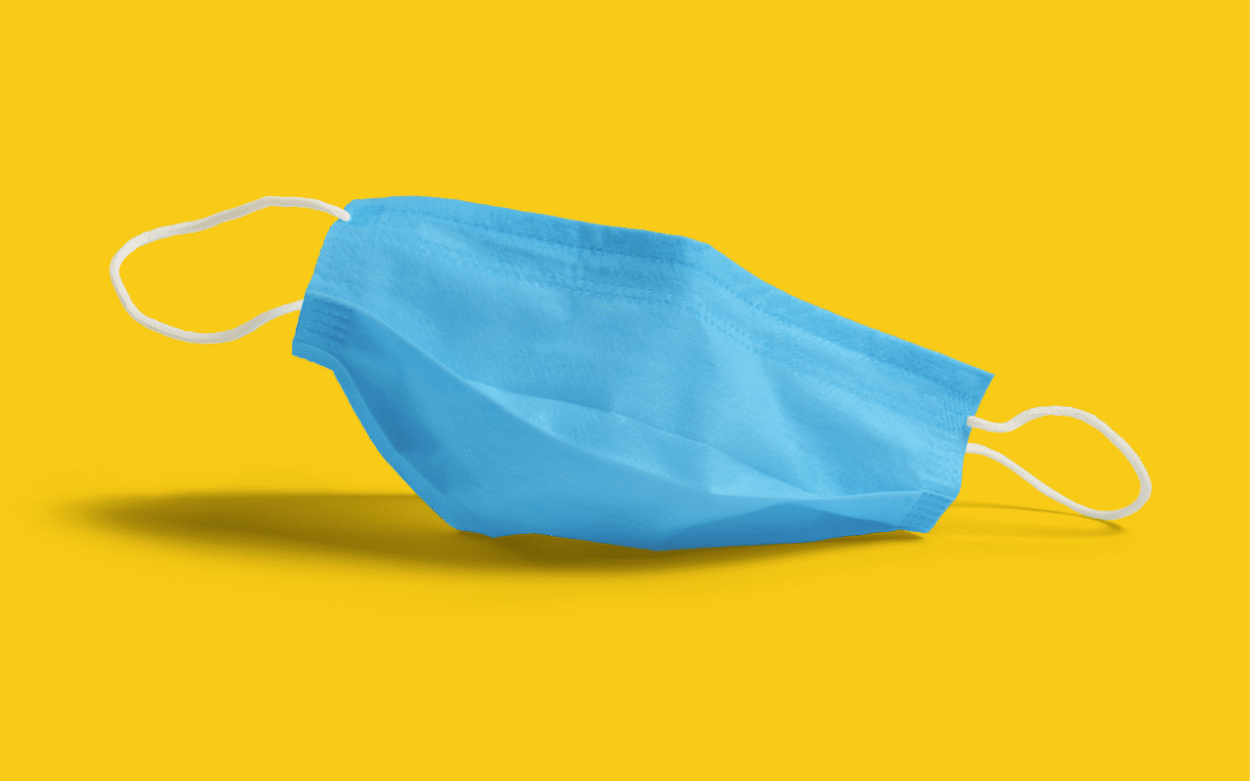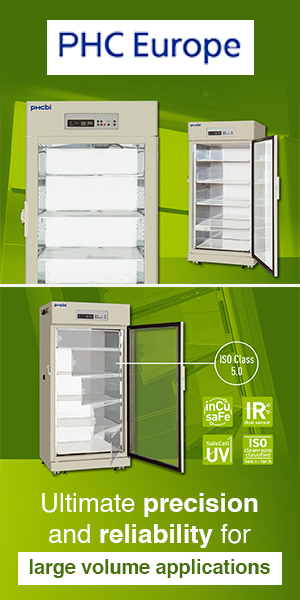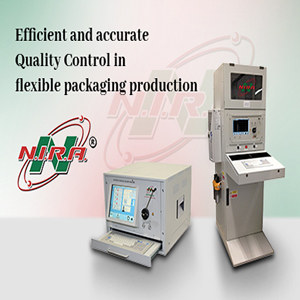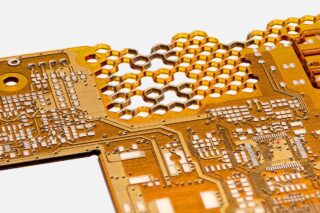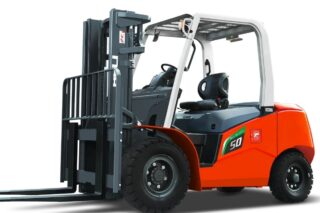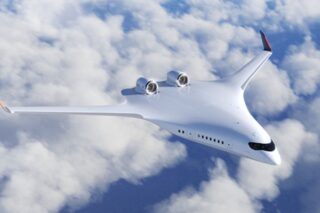How can a mask protect against a virus, including Coronavirus? Between the surgical mask and the FFP2 respirator, which mask offers the best protection? Also, with the mask shortage at the beginning of the pandemic, new alternatives to those masks have appeared: the “barrier mask” and the face shields. How effective are they against COVID-19? Read this article to choose the right protection.
Someone contaminated by coronavirus who is coughing, talking, or even breathing can expel the extremely small particles of the SARS-CoV-2 virus. These particles measure 0.12 micrometers or 0.12 thousandths of a millimeter and can linger in the air for several tens of minutes. There are officially two types of protective masks that protect against such viruses: surgical masks and respirators.
How different are they from one another? How do they offer protection against the virus? Who should wear a mask? Are the mask alternatives (barrier masks and face shields) effective enough against the virus? This article provides you with the keys to understanding how to choose the right protection during this pandemic.
01. The Respirators
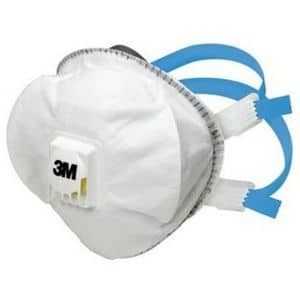

What is a Respirator?
A respirator is personal protective equipment that prevents the wearer from inhaling aerosols (dust, smoke, mist) as well as vapors or gases (disinfectants, anesthetic gases) that are health hazards. It also protects those who wear them from inhaling “droplets” of infectious agents.
What Are Respirators Made of?
Those masks generally consist of four layers:
- an outer layer,
- a non-woven filter layer, generally made of polypropylene microfibre to capture the virus,
- an acrylic backing for mask support,
- and an inner layer for facial comfort.
What is the Difference Between Insulating Respirators and Filtering Respirators?
Respirators can be insulating and filtering.
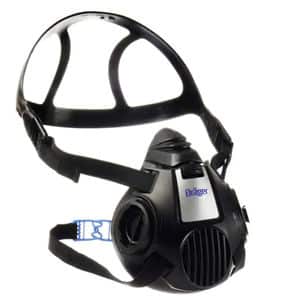
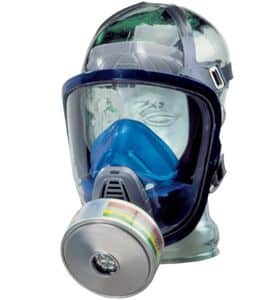
Filtering Respirators
Filtering respirators consist of a facepiece and a filtering device.
Depending on the type of filter, the mask will either be effective only against particles, only against certain gases and vapors, or against particles, gases and vapors.
Sometimes, filtering respirators may have an exhalation valve added to enhance user comfort. The valve prevents condensation inside the mask, misting on the glasses and helps the user breathe in and out easily.
Respirators can be disposable or reusable. In the second case, it is possible to replace the filter when it is full.
Insulating Masks
Insulating masks are full-face masks that protect the eyes, the nose and the mouth.
Supplied with air originating from an uncontaminated source, they provide superior protection compared to all other masks, as the user remains permanently isolated from the contaminated area.
They are essential for long-term work in confined environments or when the concentration of the contaminant is too high and the contaminant cannot be filtered.
RELATED ARTICLE
What are the Standards?
Testing authorities conduct tests on respirators in the direction of inspiration, moving from outside to inside. The tests take into account the efficiency of the filter and leakage to the face.
In Europe, they must meet the European standard EN 149: 2001 which has three classes of disposable particulate respirators (FFP1, FFP2 and FFP3).
- FFP1 refers to the least filtering of the three masks with an aerosol filtration of at least 80% and leakage to the inside of a maximum of 22%. This mask is mainly used as a dust mask (home renovations and various types of work).
- FFP2 masks have a minimum of 94% filtration percentage and maximum 8% leakage to the inside. They are mainly used in construction, agriculture, and by healthcare professionals against influenza viruses.
- FFP3 masks are the most filtering masks of the FFPs. With a minimum filtration percentage of 99% and a maximum of 2% leakage to the inside, they protect against very fine particles such as asbestos.
In the United States, respirators must meet NIOSH (National Institute for Occupational Safety and Health) standards. Within this standard, there are several classes of respirators depending on the degree of oil resistance:
- Class N: no oil resistance. A distinction is made between N95, N99 and N100. The number after the letter indicates the percentage of filtration of suspended particles.
- Class R: mask resistant to oil for up to eight hours. Here again, a distinction is made between R95, R99 and R100.
- Class P: a completely oil-resistant mask. There are also P95, P99 and P100.
The Mask Efficiency Classes
| Protection Class | FFP1 | FFP2 | FFP3 |
| Contaminant | Non-toxic fine dust Silica, Graphite, Sulphur, Coal, Ferrous metals, Glass wool, Wood | Fine and toxic particles Resin, Metal, Oil mist, Viruses | Very fine particles Asbestos, Arsenic, Ceramic fibers, Concrete, Viruses, Chromium, Nickel |
| Applications | The textile industry, Metallurgy, Mining | The textile industry, Welding, Metal cutting, Laboratory work, Agriculture (bird flu) | Short-term work in contact with asbestos or legionella Effective against pollution Welding, Cast iron, Metal cutting, Pharmaceutical industry |
| Filtration Efficiency | 80% | 94% | 99% |
How Do Respirators Protect Against COVID-19?
Respirators of class FFP2 or FFP3 (EU standards) and of class N95 (US standards) are the ones offering maximum filtration of particles and aerosols. Unavailable in pharmacies, they are the ones that best protect the wearer from airborne infectious agents i.e. against contamination by a virus such as Coronavirus, SARS, H1N1, etc. They remain the n°1 protection in the event of an outbreak as the one we are experiencing today.
RELATED ARTICLE
Who Must Wear a Respirator?
When caring for an infected or suspected patient, caregivers must wear a respirator. Everybody who wants to have the best protection because of his/her job or because he/she is in contact with people at risk and/or work in an environment at risk should wear a respirator.
Before wearing, it is necessary to fit-test respirators to prevent any leakage and ensure they provide the best protection. Read this article to learn more about fit testing.
What is the Price of A Respirator?
Depending on the vendors, respirators can cost between 5 and 10€ the unit.
02. The Surgical Masks
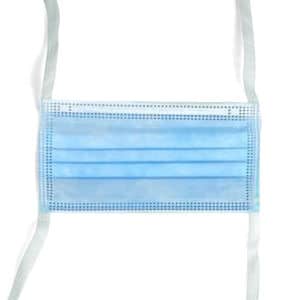
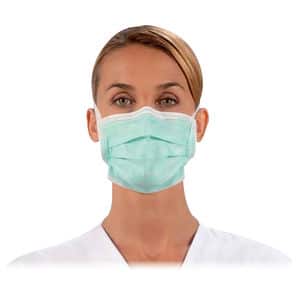
What Is a Surgical Mask?
A surgical mask is a disposable medical device that protects against infectious agents transmitted by “droplets.” You can buy them in pharmacies. These droplets can be droplets of saliva or secretions from the upper respiratory tract when the wearer exhales. These masks are single-use devices and you should not wear them for more than 3 to 8 hours.
What Are Surgical Masks Made of?
Three layers constitute a surgical mask: a filter layer made of a melt-blown polymer, typically polypropylene, positioned between two layers of non-woven fabric. The melt-blown material is the material preventing the microbes from exiting the mask.
A surgical mask can have different shapes: pleated (most often three longitudinal folds that can unfold), duck beak (allowing the lips to be held slightly apart), and molded shell. An internal nasal bar with a high and adjustable border greatly improves the quality of the fit to the face and therefore the effectiveness of the mask. In addition, it helps to reduce fogging on glasses1.
Who Must Wear a Surgical Mask?
As soon as contagion is suspected, a contagious patient should wear a surgical mask. It prevents the patient from contaminating their surroundings and environment. If worn by the caregiver, the surgical mask protects the patient and his or her environment (air, surfaces, equipment, surgical site). A surgical mask can also protect the wearer from the risk of splashes of biological fluids. In this case, the surgical mask must have a waterproof layer. It can also be equipped with a visor to protect the eyes.
What are the Standards?
Testing authorities conduct tests on surgical masks in the direction of exhalation, moving from inside to outside. The tests take into account the efficiency of bacterial filtration.
In Europe, they must comply with the European standard EN 14683, which has 3 levels of bacterial filtration efficiency (BFE1, BFE2, Type R).
- Type I: bacterial filtering effectiveness > 95%
- Type II: bacterial filtering effectiveness > 98%
- Type IIR: 98% and splash-resistant
In the United States, they must respect ASTM standards which have three levels of protection (from level 1 low risk of exposure to fluids to level 3high risk of exposure to fluids).
How Do Surgical Masks Protect Against COVID-19?
A surgical mask does not protect against “airborne” infectious agents so it will not prevent the wearer from being potentially contaminated by a virus such as Coronavirus. However, according to experts, if everyone (contaminated people as well as healthy people) wears a surgical mask and respects hygiene and social distancing measures, it could be possible to reduce the risk of transmission of the virus.
Masks are indeed recommended for use in the fight against SARS-CoV-2 because of the Van Der Waals effect: The mesh of the mask acts as an electrostatic barrier so the particles are largely trapped by electrostatic action. When a very small particle such as SARS-CoV-2 encounters a fiber, it sticks to it permanently. The multitude of non-woven fibers multiplies the chances of a collision and thus the efficiency of the filter.
What is the Price of a Surgical Mask?
A surgical mask costs less than 1 € the unit. In France, the price has been fixed at 95 cents the unit. In Italy and Portugal, surgical masks cost 50 cents the unit.
03. The “Barrier” Masks
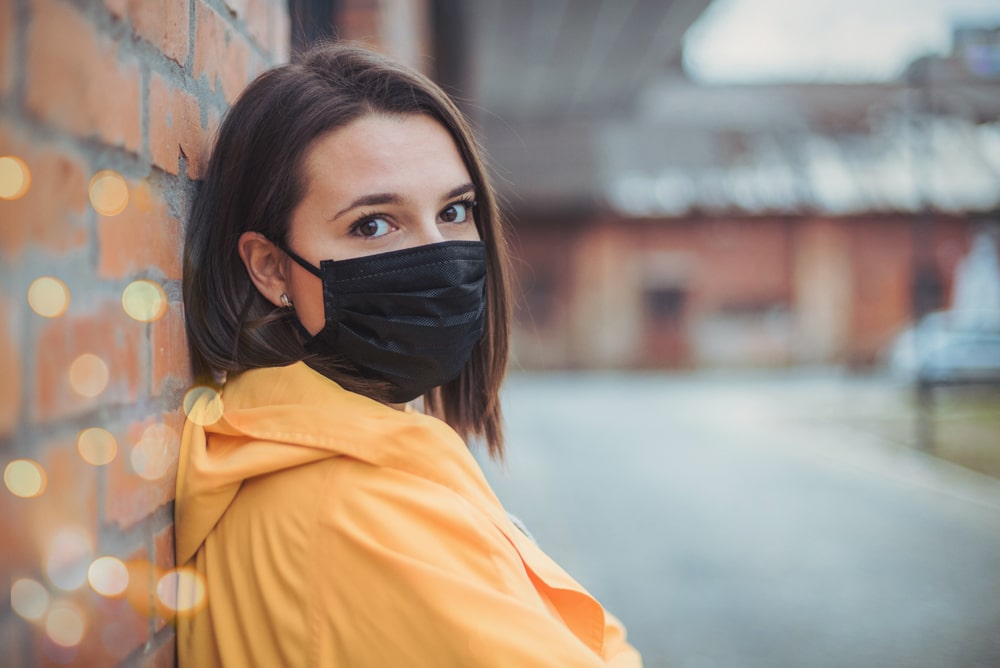
What Is a Barrier Mask?
The shortage of FFP2 and surgical masks has fueled an increase in patterns and tutorials for making protective masks. A new type of protective mask has recently appeared and has been named the “barrier mask”.
What Are Barrier Masks Made of?
It is made of fabric (cotton for example) and it is washable and can be reusable up to 20 times in general.
Who Can Wear a Barrier Mask?
Healthy people can wear a barrier mask.
What are the Standards?
The certification organization AFNOR approved the barrier mask. AFNOR has created a reference document that explains how to produce these new barrier masks. You can download this AFNOR Spec – Barrier masks document online free of charge.
Do Barrier Masks Protect Against COVID-19?
Barrier masks, with requirements less ambitious than those for FFP2 and surgical masks reserved for healthcare professionals and individuals at risk, meet a set of criteria endorsed by 150 experts. They aim to provide additional protection to all healthy individuals, complementing good hygiene practices and social distancing. There are 2 categories of barrier masks:
- The Category 1 masks are for people exposed to the public in the course of their work, such as postal workers, delivery personnel, and receptionists. These fabric masks filter out more than 90% of the particles emitted with a size greater than or equal to 3 microns.
- The Category 2 masks are for people with occasional contact, i.e. the entire population who also respect barrier gestures and social distancing. These masks filter out 70% of 3-micron particles.
Who Can Make Barrier Masks?
Textile and plastics companies can use the document to mass-produce these masks. The document’s appendix contains a list of laboratories for companies that wish to test their prototypes before proceeding with mass production. The document also aims to guide individuals possessing the necessary materials and craftsmanship to create masks independently.
With the COVID-19 pandemic being worldwide, the model of barrier masks is available in several languages. Spain has its version in Castilian. Versions in German, Russian and Chinese are also available.
Model in English available here / Model in French available here / Model in Spanish available here
What is the Price of a Barrier Mask?
In Europe, commercially available barrier masks cost between 2 and 5 euros.
04. The Face Shields
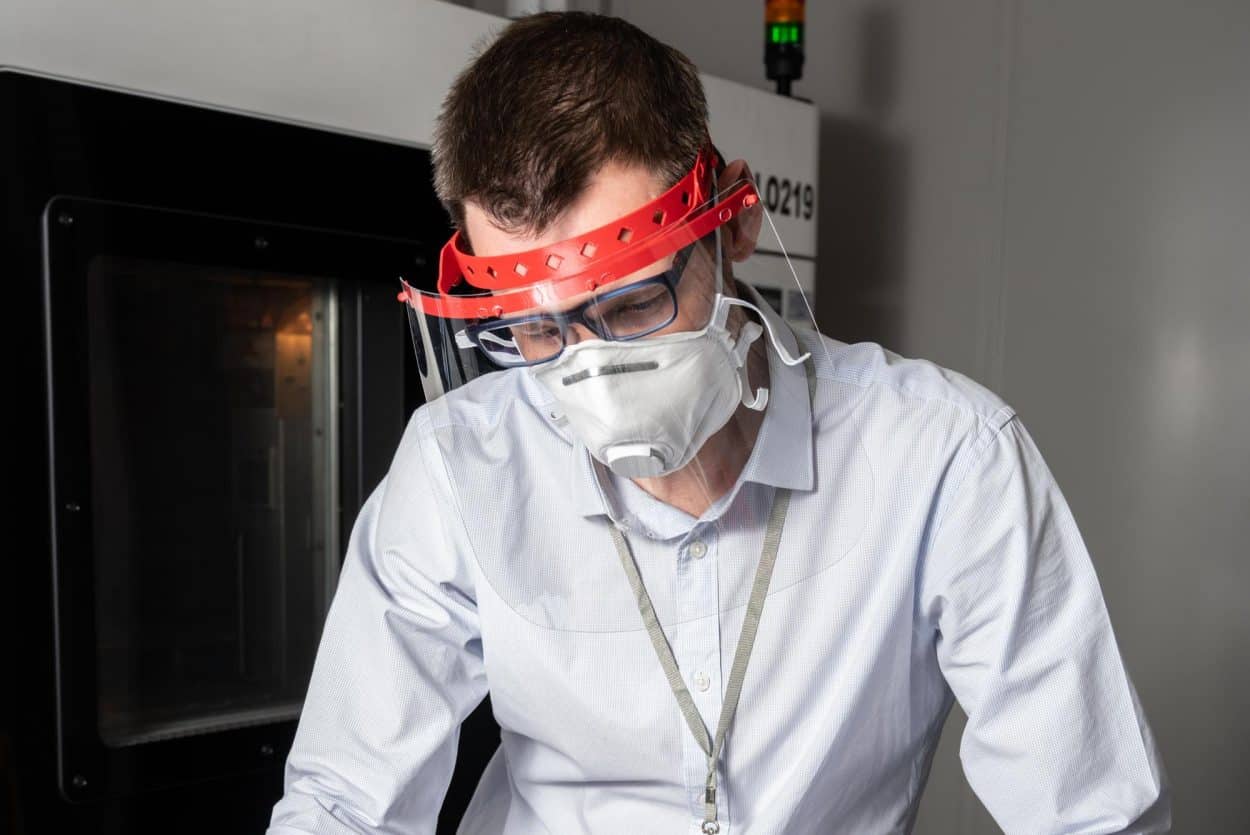
What Is a Face Shield?
A face shield provides almost complete protection through its anti-projection effect on the three areas through which the virus enters: the mouth, the nose, and the eyes. In resuscitation, people mainly use face shields. It is easily cleanable or disinfectable, allowing for reuse, and it permits a certain degree of airflow without causing discomfort for the wearer.
What Are Face Shields Made of?
Transparent Plexiglas screens or plastic form the material of face shields. This protects from potentially infected droplets and splatters.
Do Face Shields Protect Against COVID-19?
According to experts, face shields are not sufficient to effectively protect against coronavirus if used without a mask. They are an additional barrier layer, to wear with a surgical mask for example.
What is the Price of a Face Shield?
Depending on the vendors, a face shield costs between 2 and 5 € per unit.
